A Piping Designer is responsible for the basic design of overall pipe routing, plant layout, Overall plot plan, Unit Plot Plan, equipment layout, nozzle orientation, isometric generation, Piping MTO, developing 3D CAD models, and 2D drafting/extraction for any plant. They draft the drawings for piping and plumbing systems. For every chemical, petrochemical, power, refinery, food, and Oil & Gas industry piping designers serve an extremely important work role.
Who is a Piping Designer?
A piping designer is an engineering professional who utilizes computer-aided design and drafting systems to build and generate piping isometrics, plot plans, general arrangements, and various other drawings for construction professionals to erect the plant at the site. Piping designers are also known as drafters, draftsmen, CAD technicians, etc.
As per the Process piping Bible, ASME B31.3, a designer is a person in responsible charge of the engineering design. He assures the owner that the engineering design of piping complies with the requirements of the relevant Code (B31.3) along with any additional requirements established by the owner.
To put it simply, the Piping designer produces piping drawings and BOMs and makes use of engineering specifications such as piping material and fabrication specs, piping standard details, piping layout specifications, pipe support standards, and vendor drawings. The engineering specifications are published by the piping engineers, and the designer’s job is to make drawings in compliance with these specs. In the context of engineering projects Piping design is a collaboration between piping designers, piping engineers, process engineers, mechanical engineers, structural engineers, construction engineers, etc.
Per the ASME code, the person responsible for the design (legally liable) takes responsibility for the code compliance of the resulting design. Clearly, the piping designer is not responsible per ASME code compliance, since their job is to follow requirements given by others to produce the piping drawings. The person legally responsible for the code-compliant design is the Piping Engineer who must meet the minimum experience/qualifications set out in the ASME code. The ASME code-defined piping designer is quite different from the job title piping designers that we usually follow.
How to become a Piping Designer?
The steps for becoming a piping designer are listed below:
- Step 1: Obtain a High School Education/ITI Certificate
- Step 2: Obtain a Diploma in Mechanical Engineering
- Step 3: Plant Design and Piping Engineering Course (Online or from any institute)
- Step 4: Learn the following software:
- AutoCAD for a 2D piping designer or Piping drafter
- Any of PDMS, E3D, Revit, or SP3D for 3D piping designer
- Step 5: Acquire Industry Experience: Gain working experience by working on live projects utilizing the software you learned from training institutes.
Once you get sufficient experience by working on live projects you will be able to grow your career to the next level as Senior Piping Designer, Lead Piping Designer, Principal piping designer, and so on. After an experience of at least 10 years, you will be considered a proper piping designer and can move on your career ladder to become a senior piping designer.
The process piping code ASME B31.3 has some stringent requirements for designers. As per that Code, depending on the system criticality and complexity of the job, the owner’s approval for piping designers will be required if he does not meet any one of the following four criteria:
- Completion of a degree, accredited by an independent agency, in engineering, science, or technology, requiring the equivalent of at least 4 years of full-time study that provides exposure to a fundamental subject matter relevant to the design of piping systems, plus a minimum of 5 years of experience in the design of related pressure piping.
- Professional Engineering registration, recognized by the local jurisdiction, and experience in the design of related pressure piping.
- Completion of an accredited engineering technician or associate’s degree, requiring the equivalent of at least 2 years of study, plus a minimum of 10 years of experience in the design of related pressure piping.
- Fifteen years of experience in the design of related pressure piping.
Piping Designer Jobs
An experienced piping designer is an asset for many organizations. Wherever there are piping systems to transfer or transport fluids (liquids or gases) from one place to another, piping designers are required. So, piping designers are always required for the following industries:
- Oil & Gas (Both Offshore and Onshore)
- Chemical
- Petrochemical
- Mineral
- Food Processing
- Steel
- Power Generation
- Solar Plants
- Refinery
- Water Sector (Water treatment plant, Sewage treatment plant, Water Desalination plant, etc)
- Marine
- Shipyards
Piping Designer Salary
The salary of entry-level piping designers is quite less. In India, the average salary of entry-level piping designers is in the range of 15,000 to 20,000 INR per month. However, once they gain experience and achieve the required experience their salary increases. In the mid-range (10+ years of experience), a piping designer earns in the range of 60,000-70,000 per month.
However, the salary varies from region to region. A large number of piping designers are required in the Gulf region, Singapore, Malaysia, South Korea, Norway, Europe, and the USA. In these countries, piping designers earn handsome money. In the USA, the average salary of a piping designer annually is $50,000.
Piping Design Courses
Various institutes provide online and in-person piping designer courses to help candidates learn the piping design software packages and the basics of piping design. In general, the aspirant planning to become a piping designer should learn the following basics from a piping design course:
- Piping Codes and Standards
- Pipe and Fittings
- Pipe Size and Thickness
- Small-bore and Large-bore Pipes
- Piping Components like flanges, valves, strainers, inline components, etc.
- Certain basic pipe routing rules.
- Equipment Placement Rules.
- Pipe Supporting basic guidelines.
- Pipe design deliverables.
- Piping designer workflow.
- Familiarization with Drawing Symbols and Studying P&ID Drawing
- Operating piping design CAD tools.
- Documentation and reporting.
- Piping Material Specification
Piping Designer Skills
The important skills that a piping designer required are:
- CAD software knowledge (Both 2D and 3D)
- Reading and Understanding drawings
- Analytical skills
- Planning skills
- Imagination skills


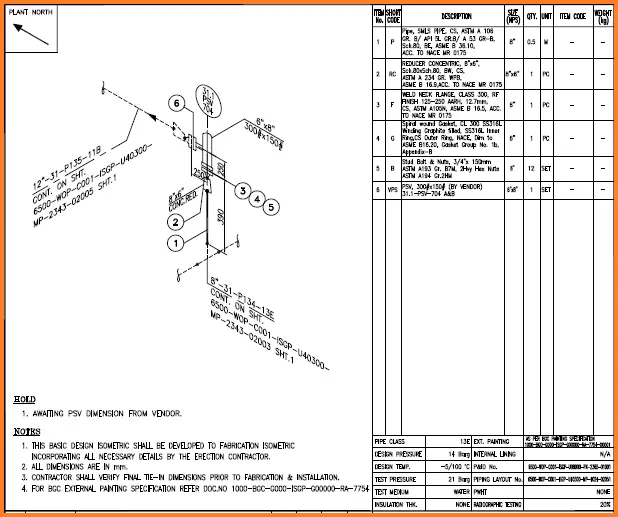

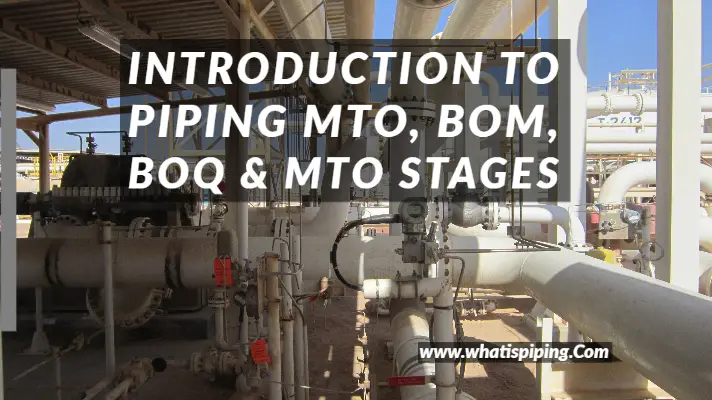
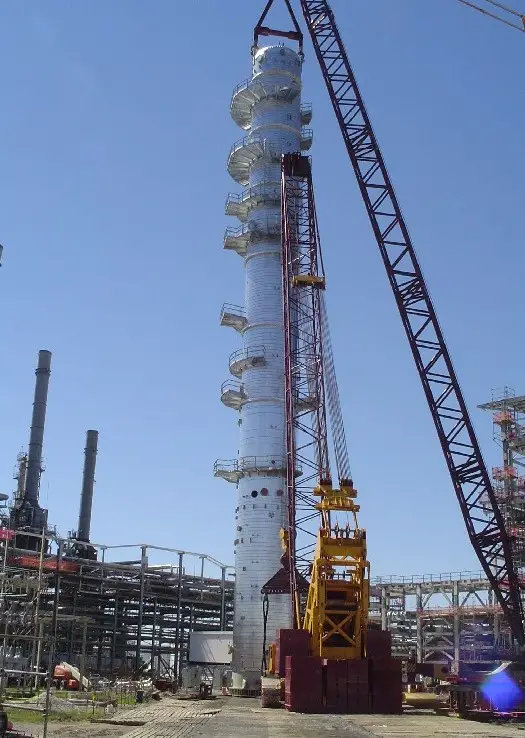
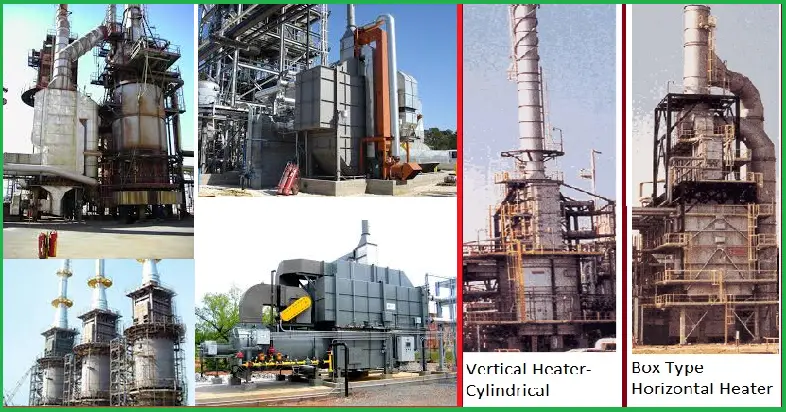
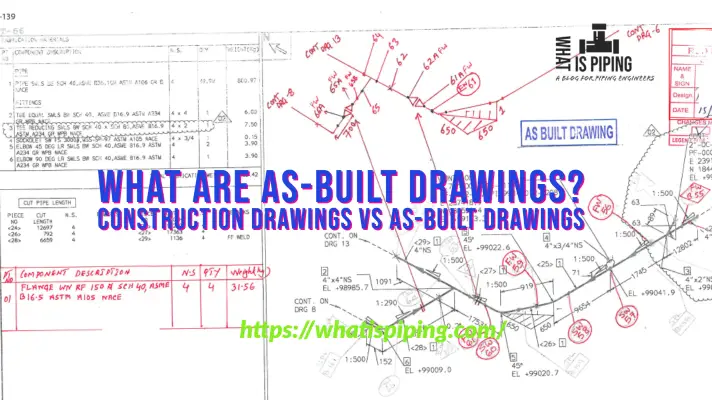

I need to know where I can register to study this course
Hi Anup, thanks for the interesting articles. This article is incorrect and dangerous. The ASME code definition of Designer is not the same as job title Piping Designer. To put it simply, the Piping designer produces piping drawings and BOMs and makes use of engineering specifications such as piping material and fab specs, piping standard details, piping layout specification, pipe support standards, vendor drawings. The engineering specifications are published by the piping engineers, the designers job is to make drawings in compliance these specs. In the context of engineering projects Piping design is a collab between piping designers, piping engineers, process engineers, mechanical engineers, structural engineers, construction engineers etc. Per ASME code, the person responsible for the design (legally liable) takes responsibility for the code compliance of the resulting design. Clearly, the piping designer is not responsible per ASME code compliance, since their job is to follow requirements given by others to produce the piping drawings. The person legally responsible for code compliant design is the Piping Engineer who must meet the minimum experience/qualifications set out in ASME code.
Which is best institute for Piping Design in pune
I am doing piping designing course online and doing practices as much as I can. But I have some kind of threat that about job. I am also working as piping supervisor in construction field, But some of my friend saying that I am wasting my time on this thing, This kind courses didn’t provide as much salary as you are getting right now. This profession scope are vanishing from the market..
I am too much depressed, Guide me